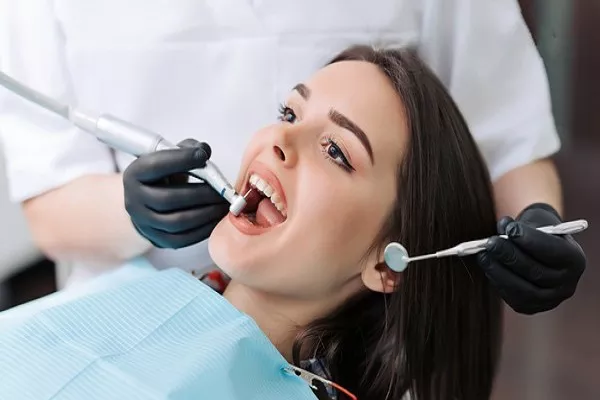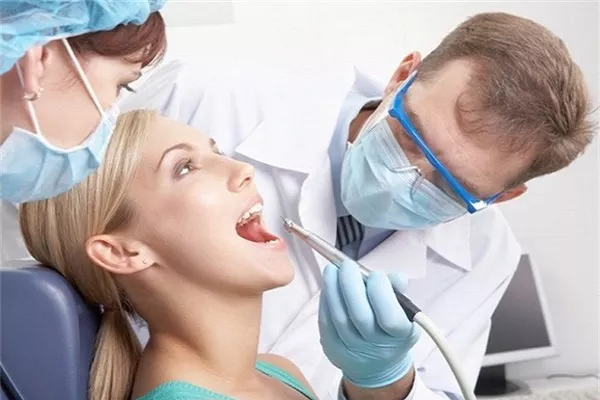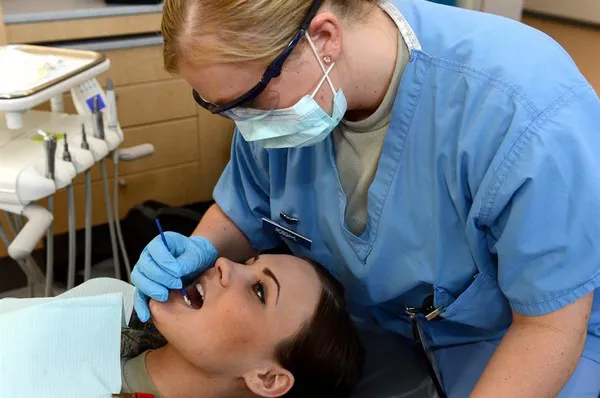Orthodontic treatment, including braces, is not just for children and teenagers. Many adults are now seeking orthodontic solutions to achieve a straighter and more confident smile. With advancements in orthodontic technology, there are various types of braces available for adults, each offering unique benefits and features. In this article, we will explore the different types of braces suitable for adults and discuss their advantages, allowing you to make an informed decision on the best option for your orthodontic needs.
Traditional Metal Braces
Traditional metal braces are one of the most common and cost-effective orthodontic treatments available. These braces consist of metal brackets affixed to the front surface of the teeth, connected by archwires and elastic bands. The archwires apply gentle pressure to gradually move the teeth into their desired positions.
Advantages:
Highly effective in treating various orthodontic issues, including complex cases.
Durable and able to withstand significant forces during the alignment process.
Often the most affordable option among different types of braces.
Considerations:
Metal braces are visible on the teeth, which may be a concern for some adult patients.
Ceramic Braces
Ceramic braces, also known as clear braces, work similarly to traditional metal braces but use tooth-colored or clear ceramic brackets instead. This makes them less noticeable on the teeth and more aesthetically pleasing.
Advantages:
Less noticeable than metal braces, making them a popular choice for adult patients.
Effective for treating mild to moderate orthodontic issues.
Resistant to staining, maintaining their discreet appearance throughout treatment.
Considerations:
Ceramic braces can be more expensive than metal braces.
The elastic ties used may be prone to staining if not properly maintained.
Lingual Braces
Lingual braces are a discreet option for adults as they are placed on the back surface of the teeth, facing the tongue. Custom-made brackets and wires are used to achieve precise tooth movements.
Advantages:
Virtually invisible from the front, providing a discreet treatment option.
Suitable for various orthodontic cases, including complex alignments.
Customized to fit each patient’s unique dental anatomy.
Considerations:
Lingual braces can be more challenging to clean and maintain due to their placement.
Some patients may experience temporary tongue irritation while getting used to the braces.
Invisalign (Clear Aligners)
Invisalign is a popular choice for adults seeking a nearly invisible orthodontic treatment. Instead of brackets and wires, Invisalign uses a series of clear, removable aligners to gradually move the teeth into place.
Advantages:
Virtually invisible, offering a discreet and aesthetically pleasing option.
Removable aligners allow for easier oral hygiene and the ability to eat and drink without restrictions.
Custom-made for a comfortable fit and tailored to the patient’s treatment plan.
Considerations:
Invisalign may not be suitable for severe orthodontic cases.
Compliance is essential, as aligners must be worn for at least 20-22 hours per day to be effective.
Self-Ligating Braces
Self-ligating braces are similar to traditional metal braces, but they use a specialized bracket design that eliminates the need for elastic bands to hold the archwires in place. Instead, self-ligating brackets have built-in clips or doors that secure the wires.
Advantages:
Reduced friction and pressure on teeth, leading to potentially faster and more comfortable treatment.
Fewer adjustments and visits to the orthodontist may be required during the course of treatment.
Easier to keep clean compared to traditional braces.
Considerations:
Self-ligating braces may be more expensive than traditional metal braces.
Not all orthodontic cases are suitable for self-ligating braces.
Choosing the Best Braces for Adults
Selecting the best type of braces for adults depends on individual preferences, lifestyle, and specific orthodontic needs. It is essential to consult with an experienced orthodontist who can assess your dental condition and provide personalized treatment recommendations.
For those seeking a discreet option, Invisalign or lingual braces may be the preferred choice. If cost is a significant factor, traditional metal braces or ceramic braces can be more budget-friendly. Adults with complex orthodontic issues may benefit from self-ligating braces or traditional metal braces.
Conclusion
Orthodontic treatment is not limited to children and teenagers, and adults can also achieve a straighter smile through various types of braces. Whether you opt for traditional metal braces, ceramic braces, lingual braces, Invisalign, or self-ligating braces, each option offers unique advantages in achieving a beautiful and confident smile. Consult with an experienced orthodontist to determine the best type of braces suited to your individual needs and preferences. With the right orthodontic treatment, you can embark on a journey to a straighter and more radiant smile, boosting your self-esteem and overall dental health.





























